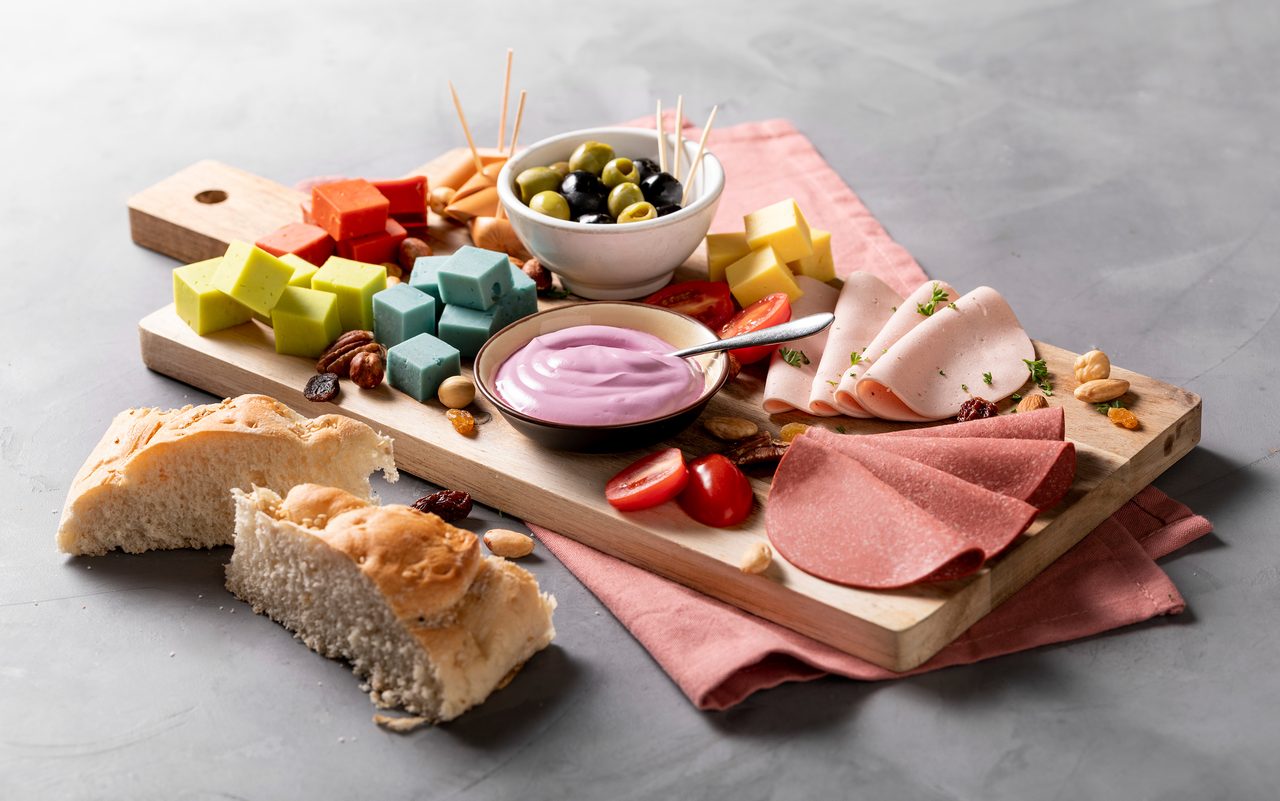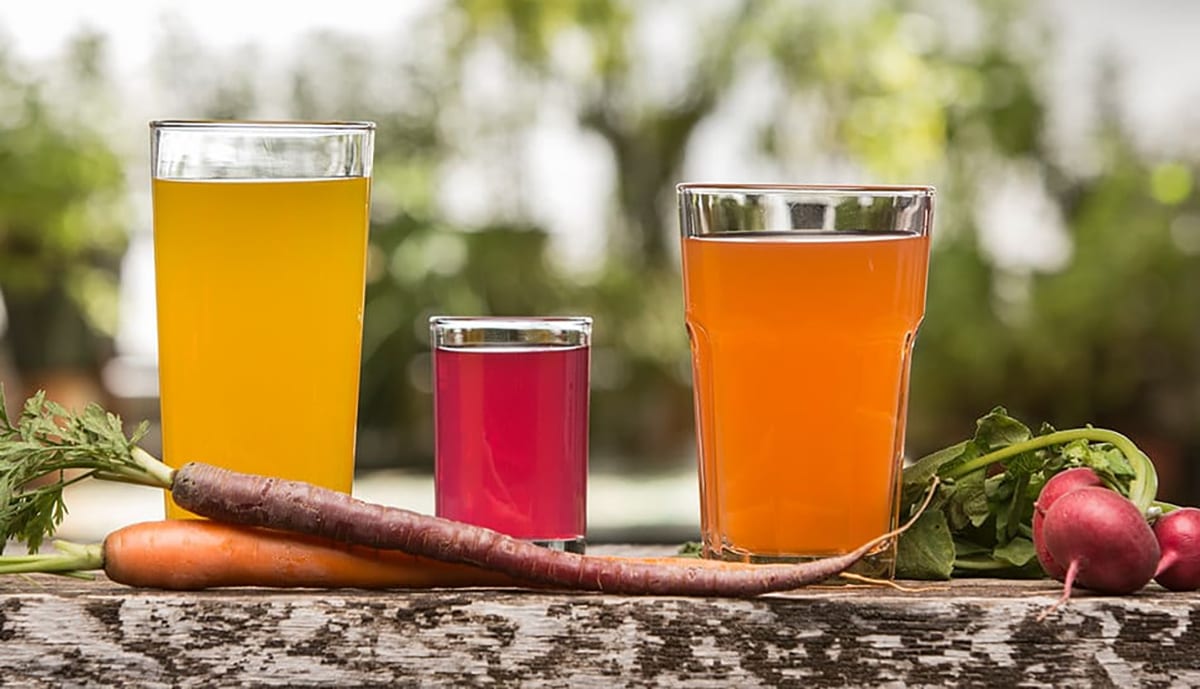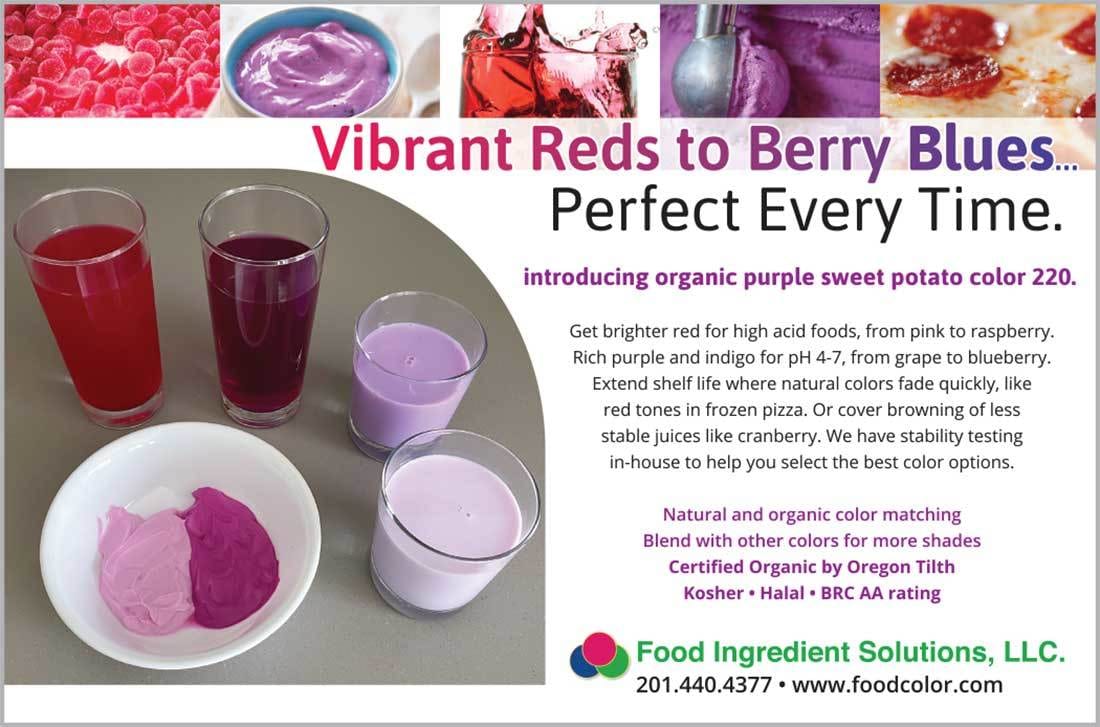2022
Predictions
COLORS Part 1
In the world of food colorants, the anti-artificial trend governs the space today, with natural colors appearing in about 75% of new food product launches. Consumers still use their eyes to choose foods, but they want the ingredients, including (and sometimes especially) any colors, to be derived from biological sources, such as fruits, vegetables, flowers, and other botanicals.
Developers and manufacturers can continue to expect demand for natural color sources to rise.
Color Shift - Part 1

Artificial food color usage continues to decline, reinforcing the inescapable fact that consumers are reading labels and clean-label is here to stay. Photo courtesy of: GNT Group, BV/Exberry
By OLIVIA CONRAD, Contributing Technical Editor

While consumers continue to demand natural colorants, ingredient technologists are advancing the technology to render those colorants stable and vivid. Photo courtesy of: Kalsec, Inc.
The pigments, flavors, and nutraceutical compounds of many of these plant-derived coloring ingredients are retained during the extraction process, allowing the resulting product to be used as a functional ingredient within food products, rather than as a color additive. This growing method of natural color usage allows developers and brands to leverage the “health halo” of certain color-carrying raw ingredients, creating cleaner ingredient lines and an improved perception of healthfulness.
As younger consumers come into their own and increase their purchasing power, developers and brands will also need to deliver on desires for nostalgia and novelty among this group. Bright shades that convey vitality and freshness—while also reminding these consumers of their youth—will be in high demand going into 2022 and beyond, as more intense food hues are associated with a greater perception of flavor.
Looking ahead in the natural color space, the major challenge and opportunity is in filling in the palette gaps that currently exist. For example, natural blues, purples, greens, and browns have historically been created by combining two or more natural hues. This method can be time-consuming, costly, and only marginally effective due to differences in consistency of the sources. End of Part 1
December 2021

